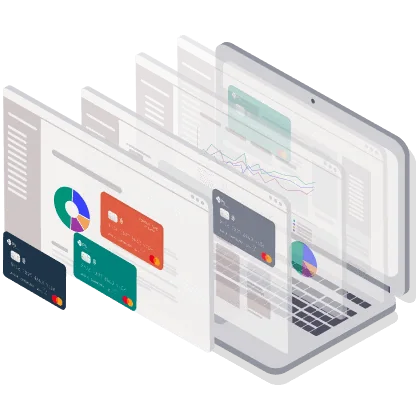Discover payment solutions for children with E-pay Space
Discover the world of money and solutions for children
Today, there are several types of payment solutions for your children, but you don’t know which one to choose?
The world of money for kids
Your child has grown up and you’d like to give him some pocket money? You want to teach your child how to manage a budget, learn the value of money and things, and provide him or her with payment solutions at all times. Pocket money is also a way for him to show his independence from you, and to cover his daily expenses on his own: a movie with friends, transport, a meal, clothes, etc. It’s also a good way to show him that he’s no longer a child, and to make him feel more responsible.
According to a survey conducted by Harris Interactive for the French Banking Federation (FBF) in March 2019, 47% of children aged 8 to 14 receive pocket money. On average, children become aware of the value of money from the age of 7, the age at which they start learning numbers at school. Yes, but you don’t want to give him money directly, for fear of it being stolen or lost. So you decide to provide payment solutions for your children, and you’re lost when faced with the various cards offered by banks for minors.
First and foremost, it’s important to know that traditional banks don’t offer payment solutions for your children, such as real bank cards with immediate debit, before the age of 16. From the age of 16, teenagers can have a standard bank card and even a checkbook, always under the watchful eye of their parents. Before this age of “financial freedom”, banks offer several types of cards suitable for young people from the age of 12, depending on the degree of autonomy their parents wish to give them.
Payment solutions for children
Here are the three main types of cards offered by banks for 12-17 year-olds:
1. Withdrawal card
This card is associated with the child’s savings account (Livret A or Livret Jeune) and can only be used to withdraw cash from ATMs. Depending on the bank, it can be used only in branches of the network, or anywhere in France and abroad. Parents can set the card to limit the number and amount of withdrawals per week and month. It costs between €0 and €20 per year. This card is aimed at teenagers whose parents want their child to learn how to manage a budget while controlling spending. It’s also for teenagers whose parents want to wait before giving them their first payment card.
2. Reloadable prepaid card
This card is linked to the parent’s or child’s bank account. It gives teenagers greater autonomy, enabling them to buy online, in stores with a code, or contactless in France and abroad, within the limit of the balance available on the card, and therefore without any overdraft. On the other hand, the card can be controlled remotely by the parents, and the child can consult his or her spending or balance in real time via a website or application. Withdrawal and payment limits can be set by the parents. Once the amount has been used up, the parent makes a transfer to top up the card. The card costs an average of €15 per year. Many Fintechs supported by Program Managers offer this type of card.
Other, more advanced functionalities are emerging on the basis of prepaid, notably with the arrival of electronic wallets and the concepts of mother and daughter cards with the use of card-to-card transfers, but also with the arrival of contactless payment media (cell phones, connected watches, etc.).
3. International card with systematic authorisation
This is an international bank card linked to a real account on which you can set up transfers and direct debits. However, there is no risk of overdraft, since systematic authorization is required for each payment. This card is coupled with an application that enables teenagers to manage their budget and view their spending. Parents have total control. It costs an average of €20 a year, but is still very attractive, as it is less expensive than a classic immediate debit card, available from the age of 16, at a cost of €40 a year.
Today, these cards have a number of advantages: they are often very inexpensive and, above all, “risk-free”; banks “invest in the future”; and they also teach budget management from an early age.
What is FinTech?
E-wallets vs virtual cards: what’s the difference?
How do you launch a successful fintech?
Would you like to find out more about our solutions?
Custom-built or ready-to-use, we’ve got the solution you need!
